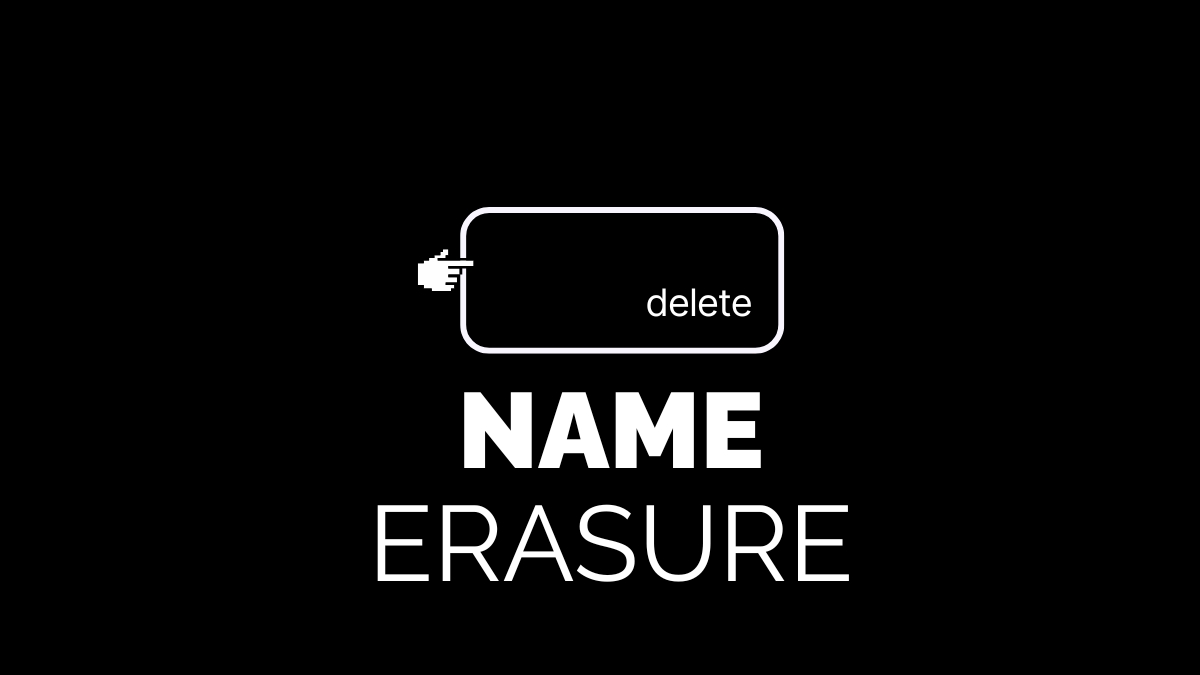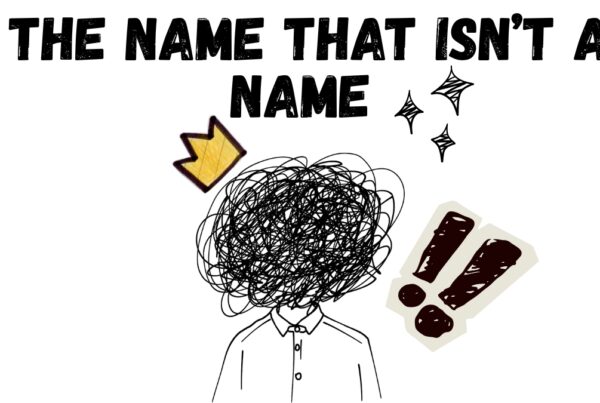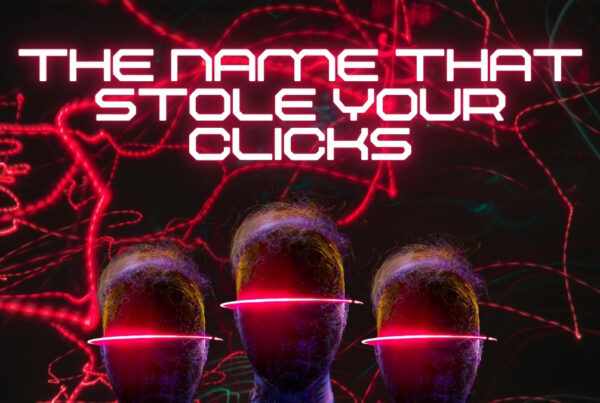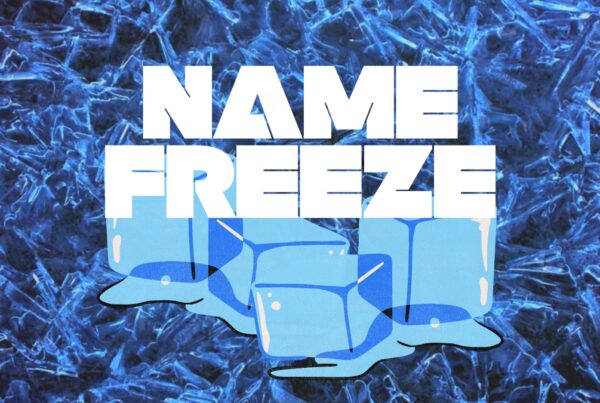How People Are Scrubbing Their Names from AI Databases, Facial Recognition, and Search Engines
The Age of Digital Trace
Each upload, tag, and post leaves a silent legacy for us. That trace was harmless throughout the majority of the internet’s existence. An old resume, a college blog entry, or a party photo that was tagged all lived online, out of sight and out of mind. Once artificial intelligence figured out how to read it all, however, that changed.
Your name is more than just a label these days. It is a piece of data that powers the biggest machine in the planet. AI systems can now forecast your habits, abilities, and even personality by connecting your name to images, posts, and papers on the internet. In certain situations, your face or writing style may already be included in a dataset that is used to train algorithms that write articles, make art, or recognize faces in crowds.
This insight has led to a new form of resistance, one based on disappearance rather than visibility. How to be visible online is no longer a question that people ask. How to be forgotten is what they want to know.
This emerging movement is known as “name erasure.” In a time when everything about you can be converted into data, it’s about taking back control of how your identity is used, kept, and searched.
The Rise of the Unconsenting Dataset
AI picks up knowledge from anything it comes across. Search engines, image libraries, social networks, and public websites have become its raw material. Numerous people’s identities, images, and words wind up in systems they never consented to train, creating a digital environment as a result.
One of the first significant warnings was from Clearview AI, which created a huge facial recognition database by scraping billions of images from sites like Facebook, Instagram, and LinkedIn. Private businesses and law enforcement organizations later purchased that database. In real-world investigations, people found that photos they had posted years earlier, usually to share with friends, were now being used to identify strangers.
On a different front, writers and artists had to deal with the same problem. Large-scale datasets like LAION-5B, which gathered billions of image-text pairs from the internet, attracted public attention in 2022 and 2023. Without permission, several artists discovered their work in these datasets. It became evident that the identities and creative fingerprints of some creators had been learned by machines when AI models such as Stable Diffusion or Midjourney started producing art “in the style of” those creators.
Journalists and authors observed a similar phenomenon. Language model training data that could mimic tone and structure without attributing contained names and writing styles. Some even discovered that looking up their names in some models produced writing that was nearly identical.
For the majority, this was about ownership rather than vanity. Instead of being a platform for sharing, the web was becoming a place for stealthy extraction. They still had the data, but not the control.
From Opt-Out to Disappear: The Tools of Name Erasure
It’s not as simple as removing a post to remove oneself from AI databases. Your data can be copied indefinitely between models, servers, and archives after it has been recorded. However, people are now able to recover at least some of their digital identities thanks to a variety of technologies and laws.
1. Legal Pathways and Opt-Out Requests
The simplest method begins with the law. People can request that their personal data be deleted under laws like the California Consumer Privacy Act (CCPA) in the US and the General Data Protection Regulation (GDPR) in Europe.
These rights have been expanded upon by numerous groups. For instance, artists can check if their work is included in well-known AI training sets using Have I Been Trained. They can request a takedown if it does. The platform was modeled after the data breach tracking website Have I Been Pwned, but now the issue is stolen identities rather than passwords.
Search engines also give partial erasing options. People in the EU have the “Right to Be Forgotten,” which allows them to ask for links associated with their names to be removed if they are no longer relevant or up-to-date. Although the content is not removed, it is hidden from search results, making it more difficult for users and algorithms to find.
2. Anti-Scraping and Obfuscation Technologies
Technical self-defense is becoming popular with others. Glaze, created by University of Chicago academics, is among the most well-known tools. It enables artists to manipulate digital images in ways that are invisible to the human eye but yet confuse AI algorithms. A scraped piece of art loses its ability to authentically represent the artist’s style after going through a machine-learning algorithm.
Nightshade, a follow-up effort, expands on this concept. AI defends itself against it rather than running away. In order to cause future models to completely misunderstand artistic components, it gradually corrupts training sets by inserting hidden data.
Outside of the art world, privacy activists are experimenting with “dangerous” filters for photographs, which are devices that slightly alter facial features to make them invisible to recognition algorithms. These days, some social media users edit or blur their selfies before sharing them, not for aesthetic reasons but rather for protection.
others who create models and others who choose not to participate are engaged in a digital arms race.
3. Legal Activism and Collective Movements
Additionally, erasure is evolving as a cultural and legal movement. Lawsuits against AI corporations for training on copyrighted work have been joined by authors such as Paul Tremblay and Sarah Silverman. The legitimacy of face recognition scraping is being looked into by a number of European watchdogs, especially in light of the GDPR’s consent rules.
What was once a private issue is now being discussed widely. The debate moved from “Can companies scrape? ” to “Data transparency” as thousands of artists signed open letters.”to “Should they?”
The burden of proof is starting to shift from people to the systems that gather their data for the first time.
Why People Are Choosing to Be Forgotten
Erasure is about balance for most people, not anxiety.
A journalist may choose to keep her bylines private, but not her previous blog entries or personal address. A teacher may wish to keep family images out of databases that use facial recognition. For open-source AI models, a developer may wish to prevent their code from being scraped.
Even regular users are starting to consider how their names are interpreted by algorithms. AI algorithms may examine your resume when you apply for a job, looking at your writing style, tone, and even email history. Old content associated with your name could easily be included in the data that feeds those programs.
The internet doesn’t change, but people do. Because of this, many people view erasure as a way to update their digital identities to reflect their current selves rather than their past selves from a decade ago.
The New Status Symbol: Being Unfindable
Online success used to depend on visibility. Your credibility increased with the number of search results your name had. Invisibility is now viewed by some as the ultimate form of control.
Only a few deliberate traces of their digital footprints are left behind by tech executives, creators, and even influencers. The number of public profiles drops. Posts aren’t permanent. To clean up outdated information and improve search engine results, some professions hire reputation management companies.
Others use a more creative approach, such as creating invite-only groups rather than broad audiences, employing aliases for side businesses, or publishing private newsletters rather than public feeds.
It is no longer a retreat to be invisible. It’s a tactic.
When Algorithms Define Identity
One disturbing fact is at the heart of the movement: algorithms define you rather than merely classify you.
Which job postings show up under your name is determined by LinkedIn. Facebook chooses which memories to bring back to life. Spotify uses your listening habits to forecast your emotional state. Your name serves as a key to an invisible profile on all platforms, affecting how you are viewed, ranked, and contacted.
Erasure has such a powerful resonance because of this. Dismantling the mirror that machines project onto us is just as important as safeguarding our privacy.
Eliminating your name breaks the link between your online behavior and the algorithms that analyze it. You make it more difficult for the system to predict your identity, preferences, and purchasing behavior. That is a minor act of rebellion in a prediction-based economy.
The Future of Consent
Traditional consent is falling apart as AI develops. When models learn from the whole open web, checking a box on a website is no longer really important.
Data provenance, or systems that monitor the origins and ownership of each piece of training data will be essential to the next phase of privacy. Digital watermarking, which researchers are testing, might label data with an undetectable “signature” to indicate whether it was used legally.
This is also the route that governments are taking. Companies must notify when they train models on personal data, according to the EU AI Act, which was finalized in 2025. Proposed federal law in the US aims to grant consumers the same ability to request removal from model datasets that they currently have from social media databases.
These changes point to a future in which erasing is a fundamental right rather than a workaround.
The Cost of Disappearing
Erasure has disadvantages. You lose visibility when you delete your data. Your credentials may not be discovered by employers. Your previous work may no longer be available to audiences. You could be misjudged even by algorithms that depend on reliable data, such as credit systems or medical records.
Additionally, there is the possibility of impersonation. Once your genuine presence has been removed, it will be simple for others to fill the void with false information or accounts. Ironically, it can be simpler to copy if you disappear.
Digital specialists increasingly stress “controlled presence” rather than complete deletion because of this. Preservation, not vanishing, is the aim. You make the decisions about what is searchable, visible, and public.
Redrawing the Digital Map
People’s perceptions of being online are evolving as a result of this change. Many now plan their presence like a portfolio: selective, strategic, and temporary instead of seeking for visibility.
Fiction and journalism writers use different names. Artists perform experimental work using anonymous accounts. Some experts create what they refer to as “digital twins,” a form of profiles that generally represent them without exposing details.
Identity is not erased by these techniques. They change its shape. People are developing a more intentional digital life by learning to control what the machine sees.
Toward a Conscious Digital Self
Privacy was a protection in the early days of the internet. Real names were then required for trust in the age of authenticity. The balance of power is swinging once again now. Being genuine is still important, but not to the point of giving up.
One aspect of this progression is “name erasure.” The goal is to appropriately live with technology, not to run away from it. It’s about taking back control of your own data by deciding what information to share, what to keep private, and what to ignore.
Erasing your name does not mean disappearing. It’s to determine what remains.
Conclusion
Erasing one’s name is turning into a silent protest. People are becoming aware that every search, upload, and tag creates an unauthorized version of themselves. Rewriting who owns your story is equally as important as protecting your privacy when it comes to cleaning up your digital footprint.
Being invisible in a world that is designed to track you requires determination and effort. Some rely on court orders, some on technical tricks, and some just vanish from platforms completely. Each strategy aims to draw lines between algorithmic ownership and human identification.
Consent is the bigger problem. Deletion is considered an exception to the rule that data collection is done by default. By requesting a world in which consent is granted rather than presumed, name erasure defies that reasoning.
We next move on to The World’s Strangest Name Laws, where we examine the strange, constrictive, and even comical legal disputes over what individuals have been and have the right to name themselves globally.




